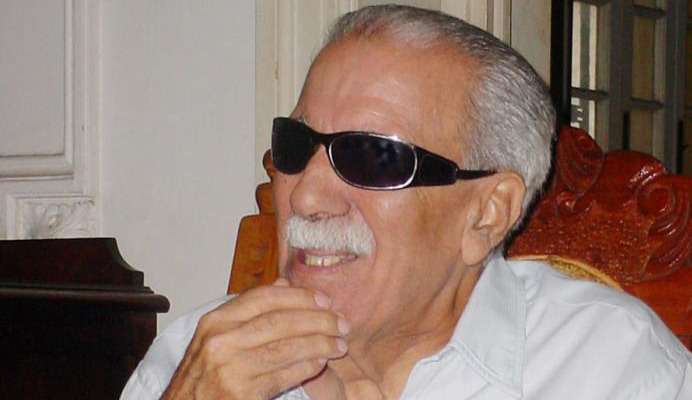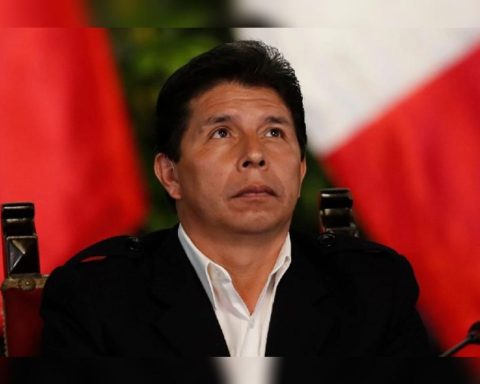As announced in days past the Minister of Mines and Energy, Irene Vélez, This Friday he presented the measures that the government has advanced to curb the rise in electricity rates. The official explained four pillars of what has been and will be the management in this matter. Despite this, voices from the sector point out that substantive measures are lacking, such as in relation to indexers.
At first, the minister spoke of a series of regulatory adjustments, presented by the Creg as draft resolutions and which are not yet final. These are three projects in which the indexer is reviewed in distribution and transmission contracts temporarily adjusting it to the lower of the IPC and IPP, explained the Deputy Minister of Energy, Belizza Ruiz.
(See: Hydroelectric El Guavio: blockades are lifted and operation would restart).
Another point is that marketers could, on a voluntary basis, defer their rate option obligations to be paid between September and December to be paid in 18 months from January 2023. This measure, more than an impact on the rate, would have an effect on maintain the financial stability of companies.
The last of the draft resolutions refers to a transitory measure that covers thermal generators and requires them to present all the configuration options and not just one. Jose Camilo Manzur, president of Asocodis, celebrated the measures and that they have been made within the institutional framework. However, according to Sandra Fonseca, president of Asoenergía, it will not generate changes in electricity rates for users. Regarding this point, Alejandro Castañeda, director of Andeg, pointed out that it is favorable that it be transitory, but that it should be evaluated more often than every 5 months, since it could even generate the opposite effect to the desired one.
(See: From September the price of energy would drop: how much would the reduction be).
The second pillar, according to Minister Vélez, refers to a series of meetings with chain actors, after which a willingness to generators and marketers for renegotiating their bilateral contracts.
Castañeda affirms that the measures presented give a signal of how the revision could take place. For example, using the alternative to indexing proposed from Creg.
After this, Minister Vélez pointed out that The third management pillar will be a follow-up to these bilateral agreements between the companies. This will be a function that will be executed between the Creg and the Energy portfolio.
And the last pillar presented by the leader of the portfolio refers to continuing the dialogue. “What we are showing is that this strategy can be applied, with achievements that will benefit us all“, said.
(See: ISA wins energy transmission line project in Chile).
Castañeda points out that the most relevant issue in the announcements is that the decisions were made from the institutional framework. “The government’s position regarding an intervention was not well received in the sector“, said.
On this same point, Fonseca also applauded that the solution has been found from the mechanisms provided for making these decisions. However, he pointed out that measures are insufficient.
According to the leader of the association of large energy consumers, a series of structural revisions are needed. In addition, the regulatory measures are not yet firm. “Regarding the indexer, no structural decision has been made. It is a function that aims to take the lowest index between IPP and IPC, but it does not solve in the long term”. He also pointed out that a significant part of the measures are voluntary, so its effect could be uneven.
(See: Instability, demands and other risks of intervening the Creg).
Manzur also pointed out that its effect will be differential according to each market and the times in which the measures are applied.
Government announces measures to curb energy hikes.
During the presentation of the four pillars of action, the Minister of Mines and Energy, Irene Vélez, pointed out that there are measures that could take effect immediately once the regulation is issued. For his part, Camilo Sánchez, president of Andesco, said that these would be seen until November.
(See: ‘Without electricity transmission there is no energy transition’, leader of ISA).
In this regard, Alejandro Castañeda, director of Andeg, asserted that some measures will be immediate for the next billing cycle and others will take longer to move to the user, especially those that are voluntary and require negotiation between companies to take effect.
DANIELA MORALES SOLER
Journalist Portfolio

















